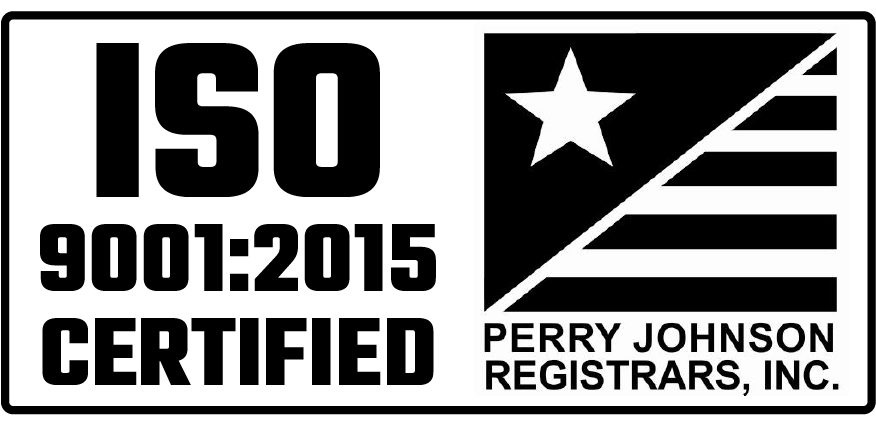The success of any manufacturing business is directly related to the quality of its product, and product quality depends entirely on operations. While manufacturers often spend countless hours on developing internal quality assurance processes, there’s no guarantee they will be perfect.
If product quality is taking a nosedive in your facility, here are five ways to turn it around:
Recognize small victories
Reward employees who help improve quality on a daily basis and, equally as important, recognize and thank any employee who points out a quality issue. Integrate quality into the company culture and celebrate it. No one should be afraid to step up and say, “I think something went wrong here.”Balance quality and output
Rushing the manufacturing process to get more products out the door will inevitably lead to quality issues. On the other hand, having burdensome quality assurance processes in place can bog down the production line. Finding a balance between quality and output is unique to every operation, but sometimes even minor adjustments can lead to a solution that works best for you.Track performance
When products get sent back because of quality issues, thoroughly document all information pertaining to the defects and implement corrective action as soon as practicable. Having this data can help your organization identify and correct patterns that lead to product deficiency or reduced line productivity, and also prevent repeating future mistakes. You may even consider using the data as a motivational tool. Regularly post the metrics throughout your facility so everyone is aware of them and can take personal responsibility for needed quality improvements. Contributing to the greater good keeps employees connected to their work and to achieving operational goals.Analyze the process
A mistake could happen at any point, from order entry to product delivery. When an error occurs, communicate openly and honestly with everyone involved while looking for the root cause. Though the “easy” explanation is to assign blame to someone right away, remember that he or she was likely following a process. If the process isn’t documented or directions are vague, then the problem stemmed from the process, not the employee – and it’s time to reassess process clarity and completeness.Study success stories
Look for manufacturers in your industry or others that excel in quality and study their stories. Contact their key employees and decision makers to discuss the reasons for their organization’s success. Visit their facilities and ask questions. Do whatever you can to learn more about their quality processes and create a plan of action to implement similar practices.
Quality is a shared responsibility between the quality department and each individual who touches a product throughout the manufacturing process. When everyone is committed to doing their best work for the customer, the output and metrics will reflect the sustained effort.
Another way to help boost quality in your operations is to work with the most qualified suppliers available to you. Learn more about objectively evaluating supplier partners in our eBook, How to Develop an Effective Supplier Scorecard. Click the button below to download your free copy.





